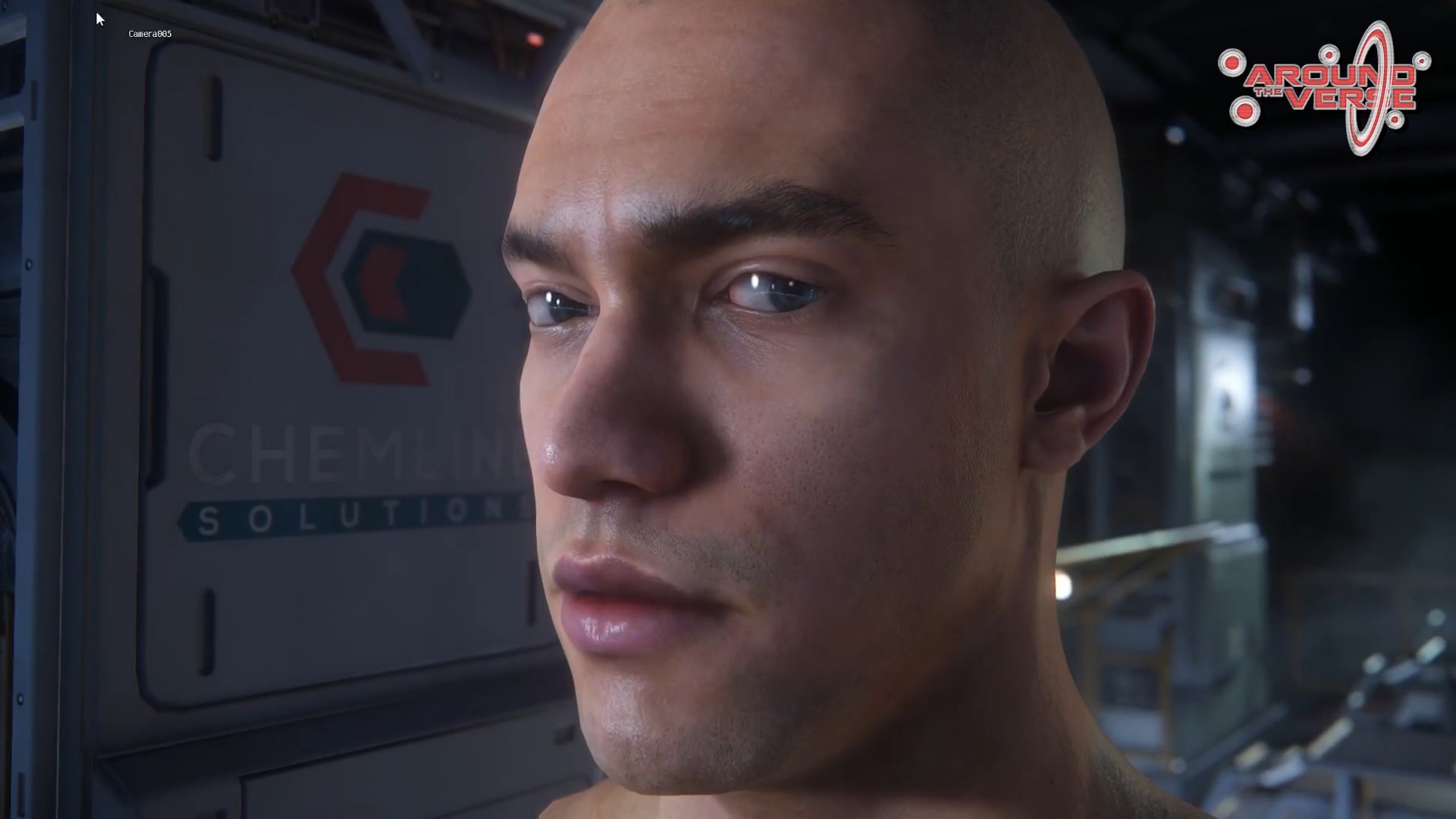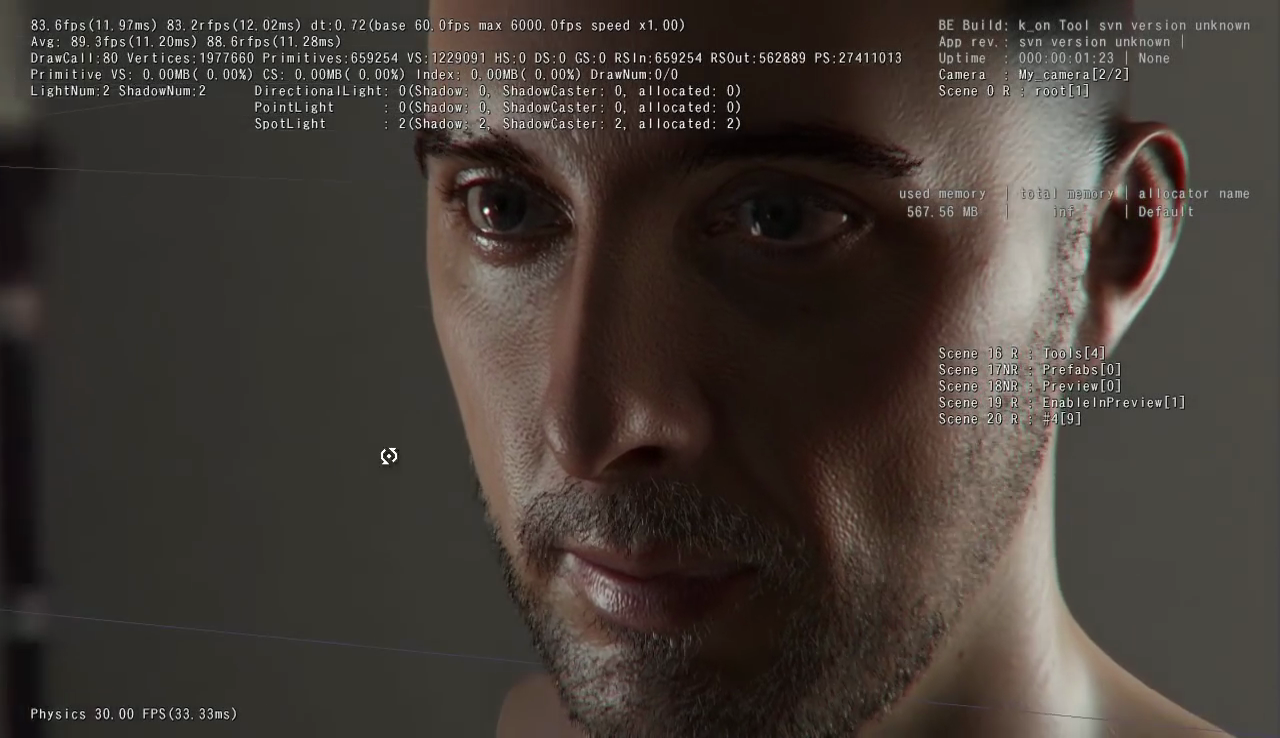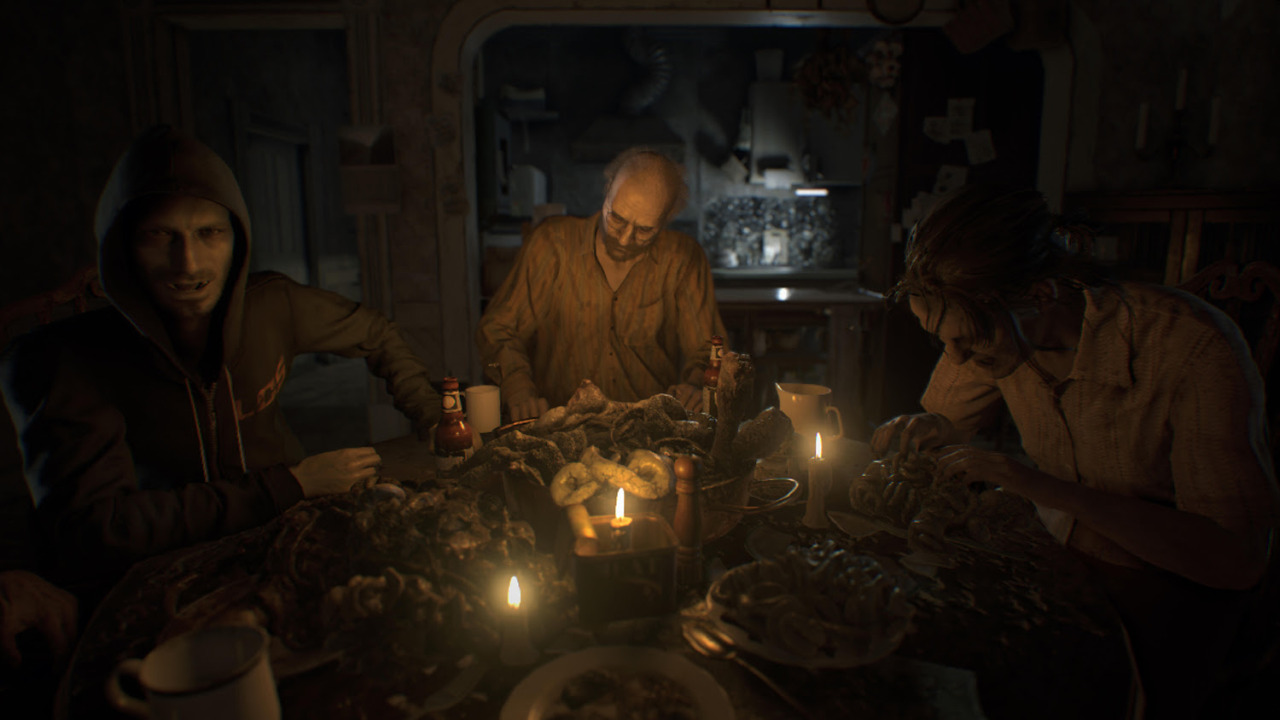[1:23] Q: Will facial customisation be static and can only choose from a preset from heads or can we manipulate certain aspects using morphology.
A: You will be able to choose from a head that you like and from there you can change the skin colour, eye colour, hairstyle and some minor alterations to the physical shape.
[3:38] Q: How customisable will hairstyles be?
A: They will be fairly customisable, you can choose from an array of styles and change their colour, but you won't be able to alter their shape specifically, but you can choose to have a hairstyle on any head you’d want.
[5:10] Q: Can I reproduce my likeness in the character creator?
A: You should be able to get pretty close.
[5:51] Q: How long does it take to model someone’s face in the game?
A: A long iterative process that includes up to two hours for just the basic scanning of the face plus all the post processing work dealing with the data and multiple maps and shaders.
[11:27] Q: Backers faces in the game, is it possible?
A: They’ve considered the idea, talked about it but to be determined. They would want all the characters to have the same level of fidelity as any of the top tier characters and any home photogrammetry might give them information/textures that might not be up to standard of the quality they need.
[14:11] Q: How soon will the new heads be implemented and how editable will they be?
A: Not in 2.5, but it will be iteratively implemented along the way afterwards. We’re very close now.
[16:30] Q: What quality of faces will we see on our characters, NPCs, other players?
A: What you saw in the Morrow tour, forget that quality existed as they’ve moved on and have improved the fidelity. They have tier 0,1,2,3 characters and the character you saw in the Pupil to Planet was a tier 2 character. A tier 2,3 character will hold up to a tier 0 character because it’s about the small details and animations in the tier 0,1 characters that makes them so detailed. The lowest tier is 10,000 polygons and the highest is 40,000, but the higher quality tier’s allow the full range of the actors emotions such as Mark Hamill, Gary Oldman, Mark Strong to be displayed in the game which is why they’re a tier 0 and others are 1,2,3.
[21:07] Q: Will animations adapt to your character as they get older/recover from injuries?
A: They’re planning to do animations specific to injuries, want to have the impact of an injury reflect on the character’s animation. It’s a really cool idea to have older person locomotion and they have younger ones so it may not be that difficult to move you through those sets but they don’t have the inputs yet.
[22:31] Q: With character fidelity, how do you plan on keeping the resource cost down?
A: They’ve made huge strides so far. For example a character used to be 300 megabytes in memory, and now it’s down to 30 megabytes and the animation joints went from 1,000 to 183. There’s still more to be done, but they’re working on other ways to bring costs down further without losing fidelity.
[26:18] Q: Which character design approach is Star citizen using? Traditional where you choose from a number of presets or being able to edit vertex points within certain ranges or whole new approach?
A: Mix of both, start with a preset face and you choose face/hair colour/eye colour/etc and then mix and match from a combination of heads and you can move things around but not actually bringing in another mesh or other character information.
Source:
http://imperialnews.network/2016/09/10-for-the-chairman-special-edition/
 Tier1_Face by X-RAY-89, auf Flickr
Tier1_Face by X-RAY-89, auf Flickr Tier1_Face by X-RAY-89, auf Flickr
Tier1_Face by X-RAY-89, auf Flickr


